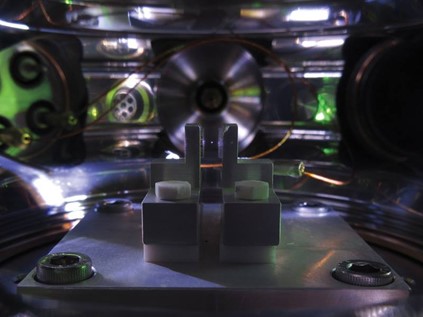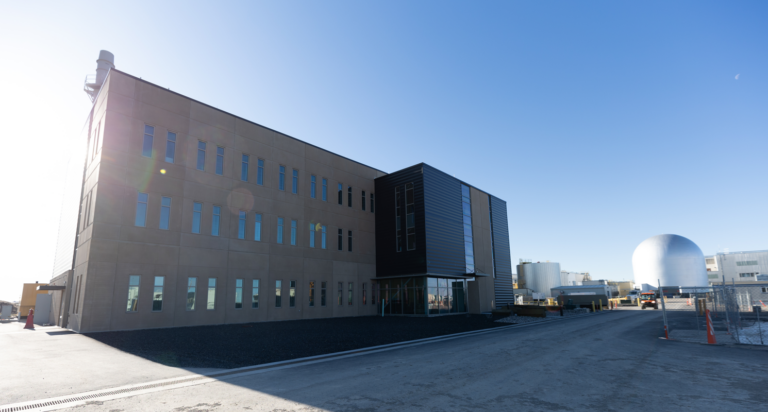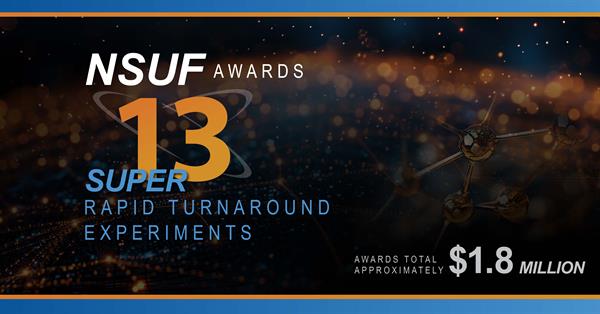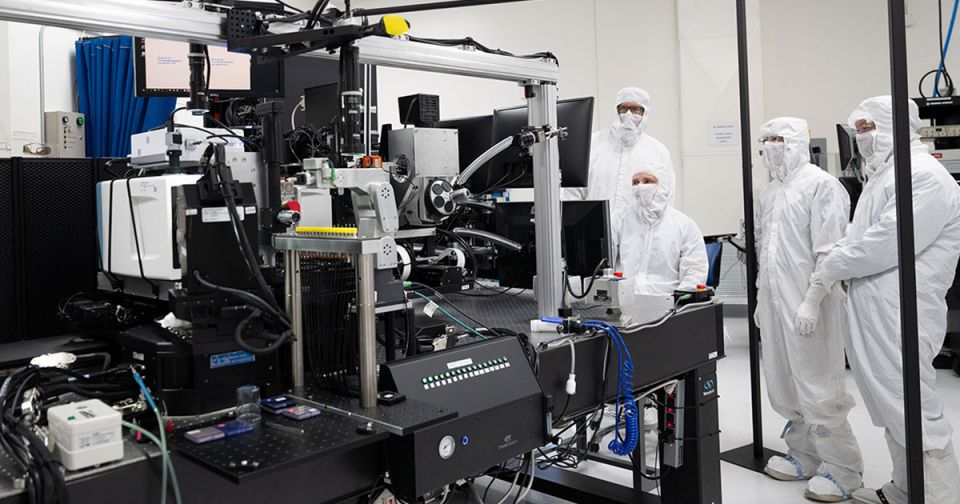A March 14 news release from RSEC was accompanied by a video showing the equipment moving into the RSEC.
“Transporting the SANS instrument was a challenging task,” said Daniel Beck, engineering program manager at RSEC. “It’s a complex device, and, at 32 meters long, it required eight shipping containers to transport. It took almost two years for dismantling, packaging, and radiation surveying. Now we are in the process of modifications and installation at RSEC.”
New capabilities: Neutron scattering studies of organic materials provide detailed information that cannot be obtained through traditional X-ray methods, given the lack of heavy elements and electron density of the materials. The SANS technique can analyze structures between a few to hundreds of nanometers.
“The installation of the SANS will have impact campus-wide and beyond, increasing research possibilities at RSEC and its Breazeale Reactor for cutting-edge research in materials, energy sustainability, and biological sciences,” said Kenan Ünlü, director of RSEC and professor of nuclear engineering at Penn State. “We are very grateful for this generous gift from HZB of the equipment and handling of the shipping so that researchers from around the country and world can advance scientific knowledge and discovery through work done at Penn State’s facilities.”
Research collaboration: The SANS equipment will be open to researchers from industry, national laboratories, and other university researchers through the Nuclear Science User Facilities (NSUF) program of Department of Energy’s Office of Nuclear Energy.
In fact, researchers from HZB, the SANS system donor, plan to continue their own studies at the Penn State.
“The goal of HZB is that its neutron scattering instruments will continue to be available for research and innovation after the shutdown of the neutron source BER II in 2019,” said Roland Steitz, project manager of instrument transfer at HZB.
“Starting from Professor Ünlü’s first visit at HZB back in 2018 and initial discussions on the taking over of the [SANS instrument], many measures were successfully taken in joint action,” Steitz continued. “We are very pleased that with the arrival of the SANS instrument at Penn State, another major milestone of this important project is accomplished on its way to reinstallation at the Breazeale reactor. We very much appreciate all the efforts undertaken [by] Penn State in this important cooperation, and we wish the small angle neutron scattering instrument a bright and prosperous future at its new home. The German and HZB’s small angle scattering communities are already awaiting the chances to come for joint projects.”
Versatile beam line: A 2022 expansion of the RSEC enabled the simultaneous operation of up to seven neutron beam lines in the reactor, with one of those lines dedicated to the SANS device.
That one beam line will enable two research options: continuous neutrons and pulsed neutrons. According to the news release from Penn State, both approaches allow researchers to measure how neutrons scatter when they interact with a variety of sample materials and control which material parameters they track.









